Student Workbook Printing: Choosing the Best Binding Style
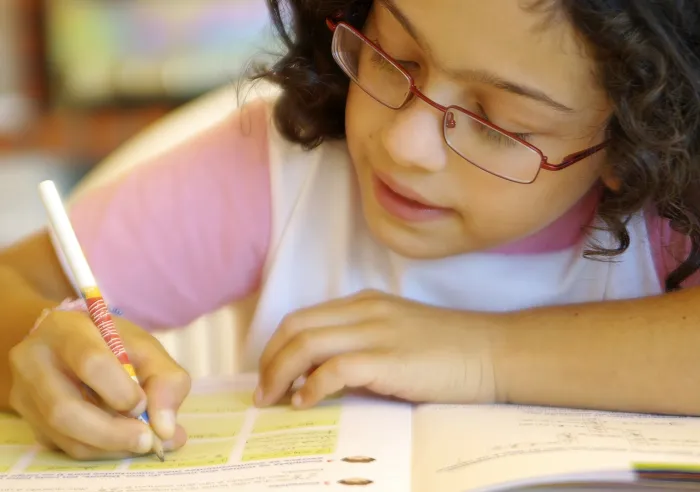
estimated reading time: 6 minutes
Workbooks are a popular method for enhancing a
student's learning experience. Whether used to supplement a textbook, online
course, or verbal instruction, a workbook helps improve a student's understanding of the subject being taught.
Workbooks promote active learning through skill
reinforcement and problem solving exercises. This provides a chance for
students to apply the concepts they have learned in a convenient multi-page
format.
Though the majority of student workbooks are printed to augment
traditional K-12 classroom lessons and homeschool curriculums, they are also frequently
used for adult education and training purposes.

Which Binding Style is Best for your Workbook?
When preparing to print student workbooks, an important
decision that needs to be made is which type of binding to use. The binding style
will affect the appearance, durability, and functionality of the workbook.
Below is an overview of the binding styles most commonly used
for student workbooks. Comparing their features and benefits will help you
decide which one is best for your particular workbook project.
Spiral Binding -
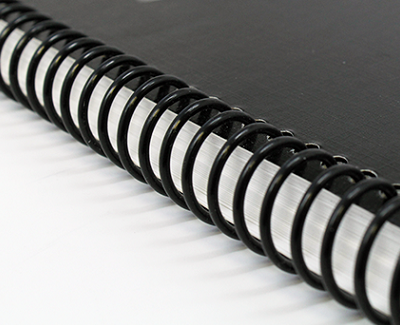
Spiral Binding, also known as Coil Binding, uses a spring-like
coil to bind the workbook together. A series of holes is punched along one edge
of the book's pages and cover (usually along the left edge but sometimes across
the top edge). The plastic coil is fed through the holes and then crimped on
both ends to keep it in place.
The primary benefit of spiral binding is that it allows a
book to lie perfectly flat on a desk or table. The book can then be referenced and
written in without needing to be continually held open. A spiral bound book can
also open a full 360 degrees, which allows it to fold back upon itself so that
it takes up minimal room on the work surface. These features make spiral
binding ideal for printed workbooks.
Another benefit of spiral binding is durability. The coils are
made from resilient PVC plastic that maintains its shape and color. The plastic
coils are also available in different diameters to accommodate workbooks of varying
thicknesses. Spiral binding is an especially good choice for workbooks that
contain index tabs as the tension-free spine allows for rapid indexing.
Comb Binding -
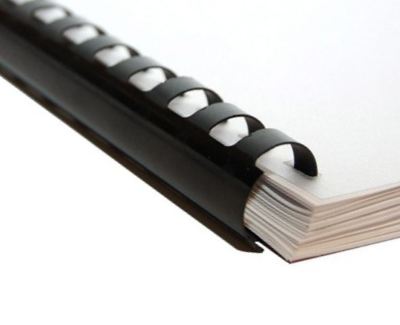
Comb Binding has a function somewhat similar to spiral
binding but instead of having a plastic coil for its spine, comb binding uses a
plastic "comb-like" spine. The spine contains a series of tines like
a hair comb, but the tines are flat and pre-formed into a circular shape. Comb
binding spines are made of durable PVC plastic and are available in various
sizes and colors.
To bind a book, the tines are spread open and inserted
through a series of slots that have been punched along one edge of the book's
cover and pages. After the tines are inserted, the tension is released and the
tines return to their original circular shape. This secures the cover and pages
together but still allows them to turn freely.
A main benefit of comb binding is that it can lie flat on a surface
for hands-free use. However, unlike a spiral bound book, a comb bound book
cannot open a full 360 degrees. Though still a good binding choice for
workbooks, comb binding does not allow a book to fold completely back upon
itself the way a spiral bound book can.
Saddle Stitch Binding -
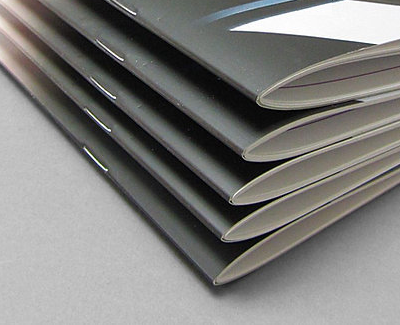
The Saddle Stitch binding method is used primarily for workbooks
with lower page counts. Page counts of 60 or less work best with this method. Even though saddle
stitching is a relatively simple binding method, it produces workbooks that function
well and have a good appearance.
Saddle stitching makes use of wire staples to bind a book's
cover and pages. After the page sheets and cover sheet have been printed, they
are partially folded in half. The page sheets are then nested together, one
inside the other, and then the folded cover is placed over the page set.
Once the pages and cover have been gathered tightly
together, wire staples are driven through the fold line of the sheets to secure
them all together. In most cases, two staples are used but an oversized book might require
an additional staple or two.
The main benefit of saddle stitch binding is its low cost. In
fact, it is the absolute cheapest binding method for creating books. Another
benefit is that the pages will stay relatively flat when using the workbook. However,
unlike spiral or comb binding, saddle-stitched books retain some tension in the
spine area. As such, saddle-stitched workbooks will generally need to be held
open during use.
Perfect Binding -
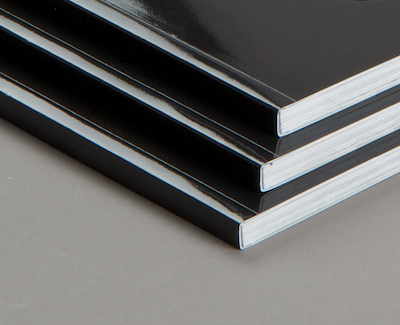
Perfect Binding is suited for workbooks that have a
moderate to high page count. This method uses a strong and flexible glue to
secure the printed pages within a wraparound cover. Once the glue sets, the
three open sides of the workbook are trimmed to create edges that are clean and
straight.
The
key benefit of perfect binding is its crisp and professional appearance. Also,
perfect binding is the only softcover binding method that produces books with a
flat spine. This allows the spine to have the workbook's title and other
identifying information printed on it.
It should be noted that perfect bound books often have a lot of
tension in the spine. This requires the workbook to be held open in order to
use it as the pages will not lie perfectly flat on their own when the book is in the open position.
Some Additional Suggestions for Workbooks
To add a layer of protection against wear and tear, it is
recommended that the cover of a workbook receive a durable clear coat or have a
plastic laminate applied. However, the interior pages of the workbook should
remain uncoated so as not to interfere with them being written on with a pen,
pencil, or other marking instrument.
Also, if any pages of the workbook will need to be removed, such
as when submitting individual pages for review or grading, a perforation can be
added to the pages. These perforations are placed close to the book's spine and
will allow any page to be easily separated from the workbook as needed.
Let's not forget about Ringed Binders -
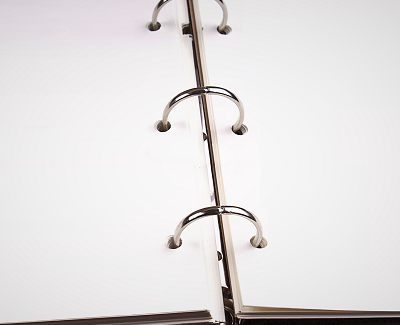
Though not commonly used to create workbooks, Ringed Binders are a binding option worth considering. Since pages can be added or removed easily
just by opening and closing the rings, this binding type would be a good fit for workbooks
that require the content to be swapped out periodically. Another benefit
offered by a ring binder is its protective cover, which is rigid and slightly
larger than the pages stored inside.
One of the most economical ways to create custom-printed
binders is to use Clearview binders. These have a clear vinyl pocket on the
front cover and spine section (and sometimes on the back cover). The artwork
for the cover and spine is then printed on light cardstock and slipped into the
pockets, resulting in a professional-looking but very affordable binder.
Binders are available in a variety of ring capacities. Of
course, the binders can be ordered completely pre-assembled with all the
printed pages, index tabs, and any other contents inserted into the rings of
the binder.

Are you looking to have some Student Workbooks printed?
Color Vision has been a printer of affordable books and
booklets since 1984. We offer all of the binding types mentioned above in
short, medium, and long production runs.
If you are looking to print some Student Workbooks and would like to discuss your project by phone, we can be reached at 800-543-6299.
Or, if you already know your project's specifications, please complete our Quote Request form and we will be happy to email a quote to you.
We look forward to assisting with your next book
project!
Related Articles
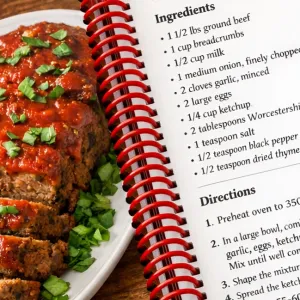
Which Book Projects Benefit From Being Spiral Bound?
Read This Article
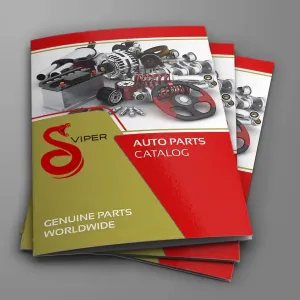
Booklet Catalogs: Why is this Catalog Format so Popular?
Read This Article

Creating a Comic Book? Here’s some Advice from a Printer
Read This Article

Perfect Binding vs PUR Binding: What is the Difference?
Read This Article